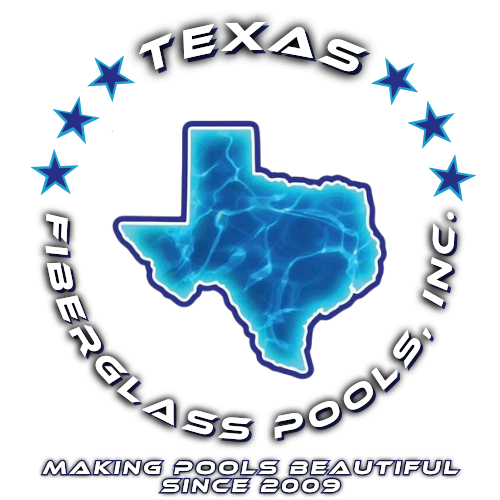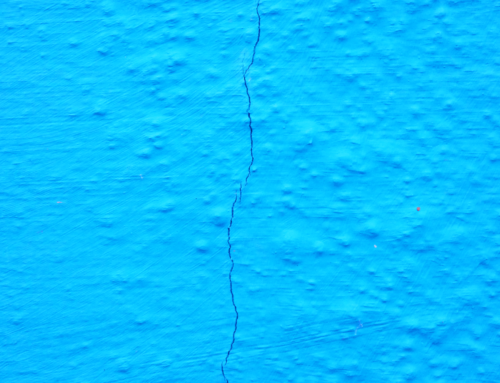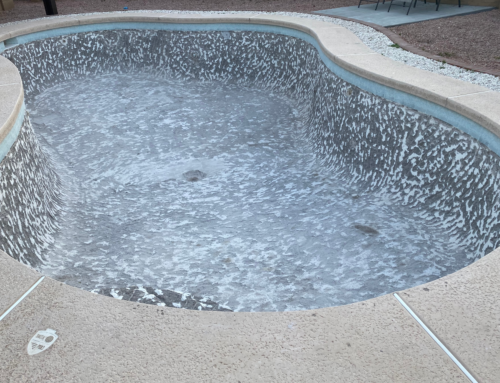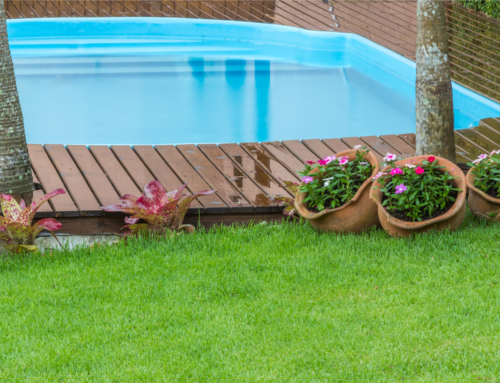Texas may be in the midst of a spooky season with Halloween around the corner, but your fiberglass pool is always at risk for creepy things happening to it with age. Fiberglass pool experts claim that your pool should be resurfaced every ten to fifteen years.
If your pool is nearing its expiration date or has long since passed it, there are a couple of other strange issues that could arise besides pool cracks and leaks. Here’s a look at the dreaded black spots and bubbles that can mean it’s time to retire your current fiberglass surface for a new one.
Why Does Your Fiberglass Pool Develop Black Spots?
Many people believe that black spots that form on a fiberglass pool are the result of rust or algae. While they don’t stem from these problematic roots, their source isn’t great news for your fiberglass pool.
Black spots are the result of a weakened gel coat and the breakdown of the minerals within your fiberglass surface. As your gel coat weakens and the fiberglass breaks down, tiny pinholes will form on its surface, where this sludge-like black substance surfaces.
How Can These Be Removed
Based on their consistency, one would believe that the black spots could simply be rubbed away. However, even if you managed to scrape off these black stains, your fiberglass is essentially ruined.
The only way to officially repair this problem is to replenish the gel coat and resurface the swimming pool with a fiberglass surface that isn’t tainted by tiny pinholes.
Why is Your Fiberglass “Bubbling”?
Another common problem that older fiberglass pools face is bubbles forming beneath the surface of the material. These bubbles are no air pockets that can simply be pressed back into place.
In fact, they are caused by osmosis, a reaction that occurs when the gel within your fiberglass weakens and combines with water that seeps through its now exposed pores. Over time, this water will attempt to break through your pool’s surface and form these irregularities in your swimming pool.
Like the black stains, the only true solution for this problem is fiberglass resurfacing. Fortunately, these problems aren’t something that happens prematurely and are signs that it’s time to resurface your pool anyways.
So, the upside of the situation is that you’ll have taken the necessary steps to preserve the integrity of your pool before any real damage occurred.
Schedule Efficient Fiberglass Pool Resurfacing With Texas Fiberglass Pools
If you’ve noticed any of these problems with your fiberglass pool or are simply ready to replace an aging concrete body, Texas Fiberglass Pools is here to help. While we can’t get bubbles out of your fiberglass surface, we can definitely provide you with a reliable resurfacing solution.
Our experienced team of fiberglass technicians can quickly resurface your swimming pool’s surface so you can enjoy it when warmer seasons come back around. Contact us today today to schedule a free consultation and learn more about our services.






